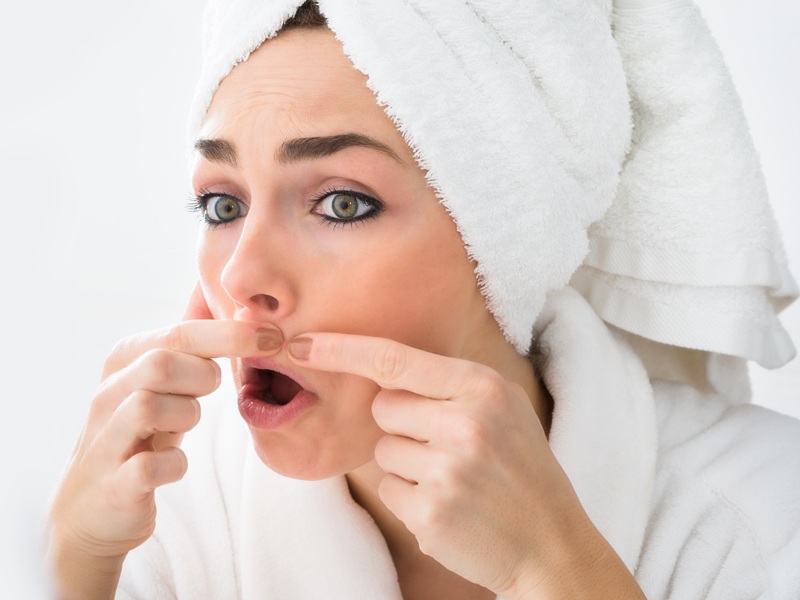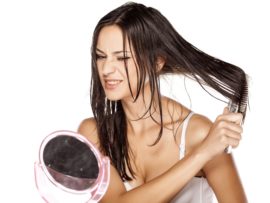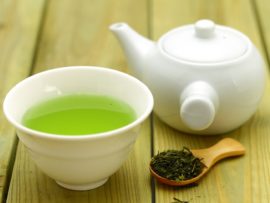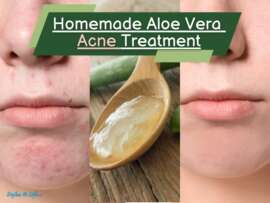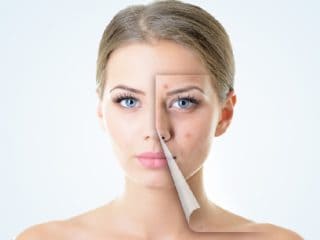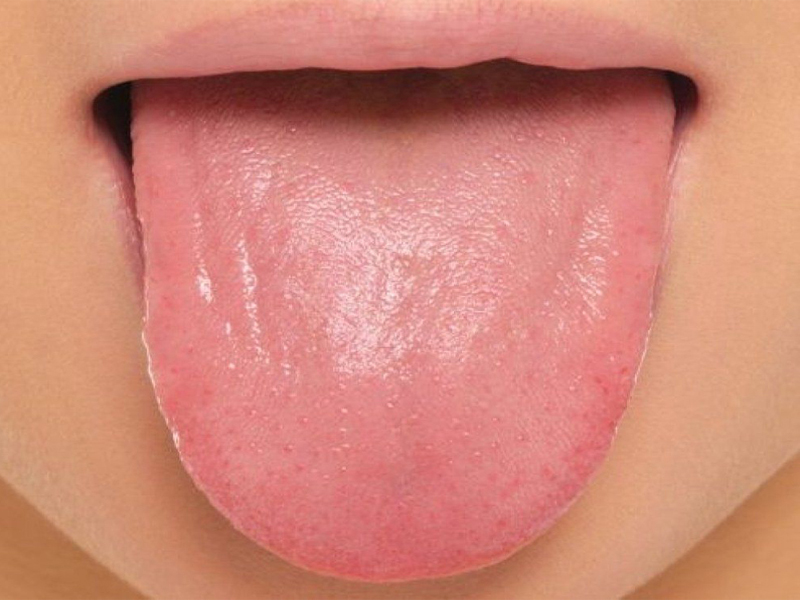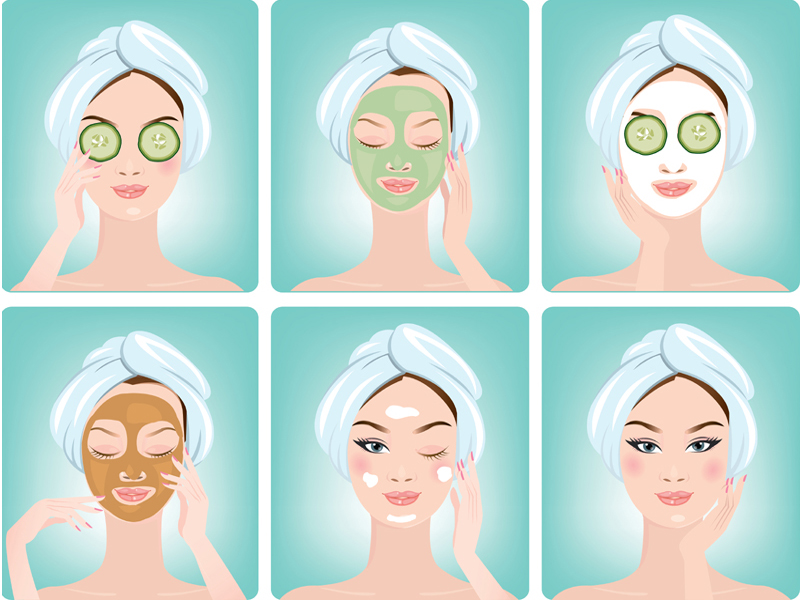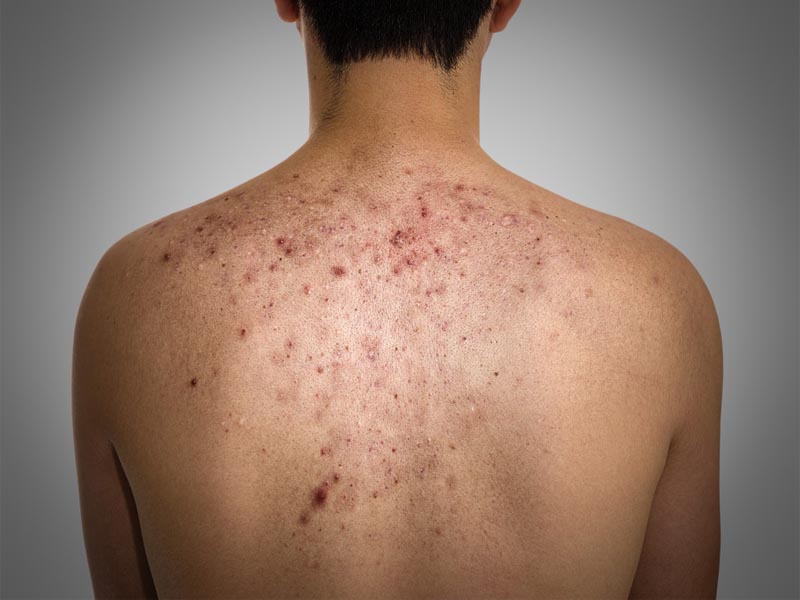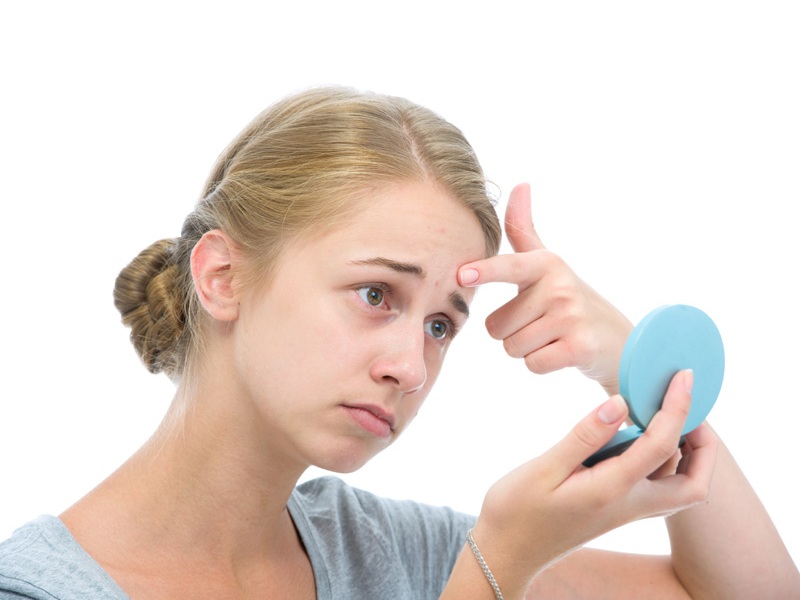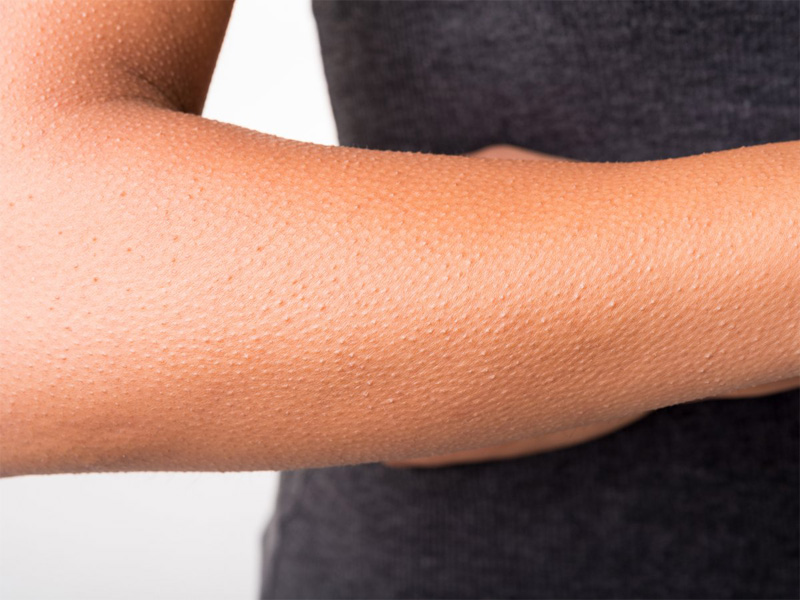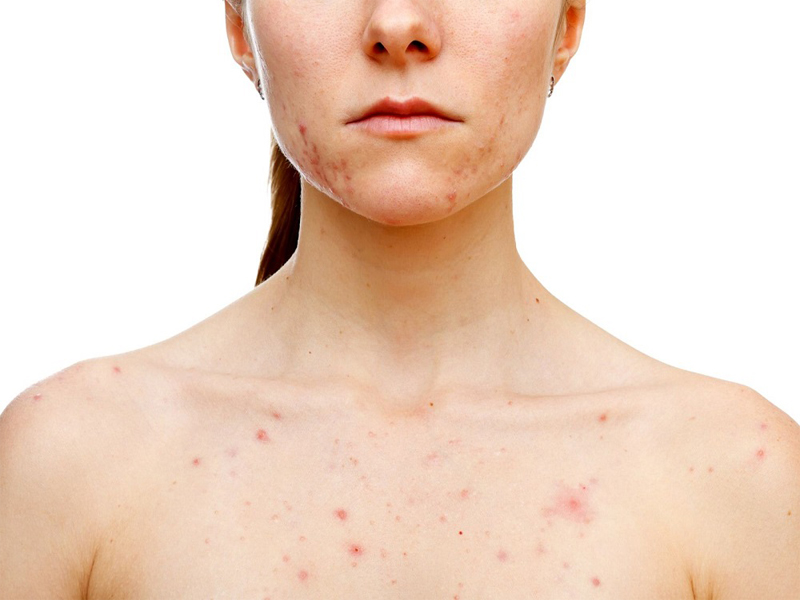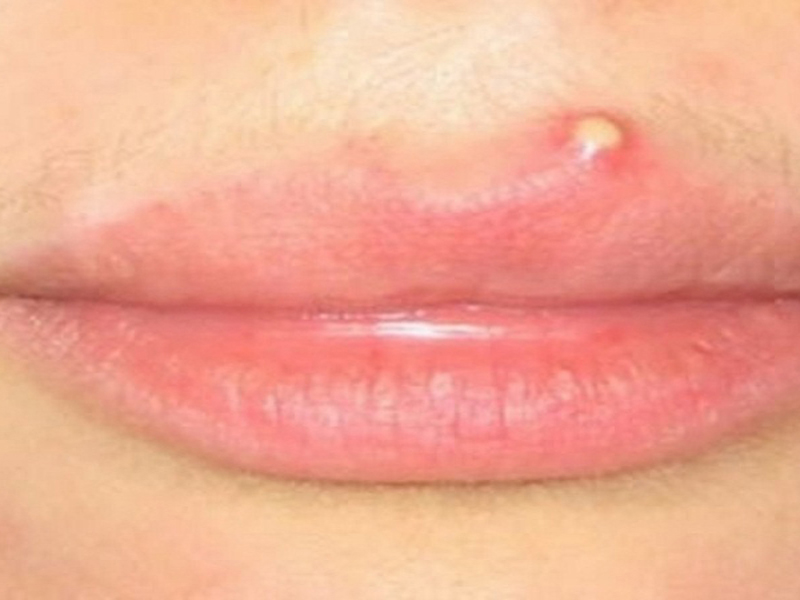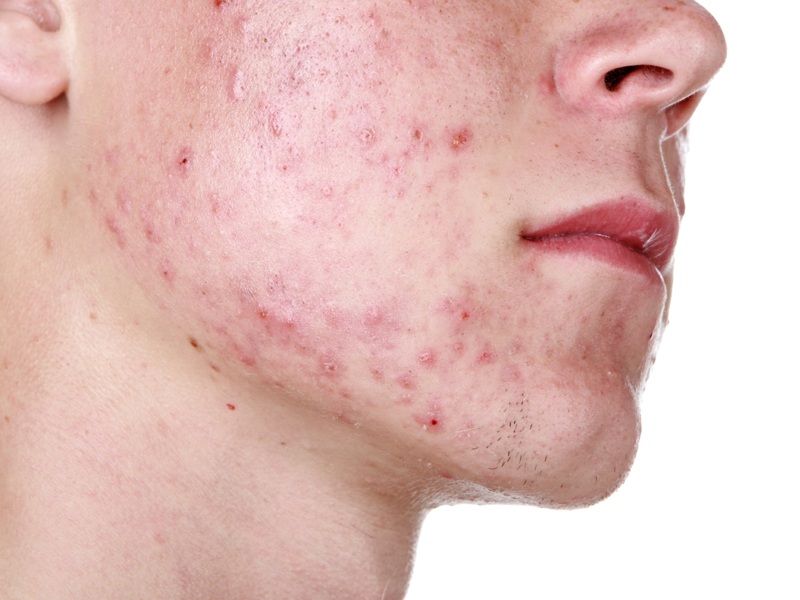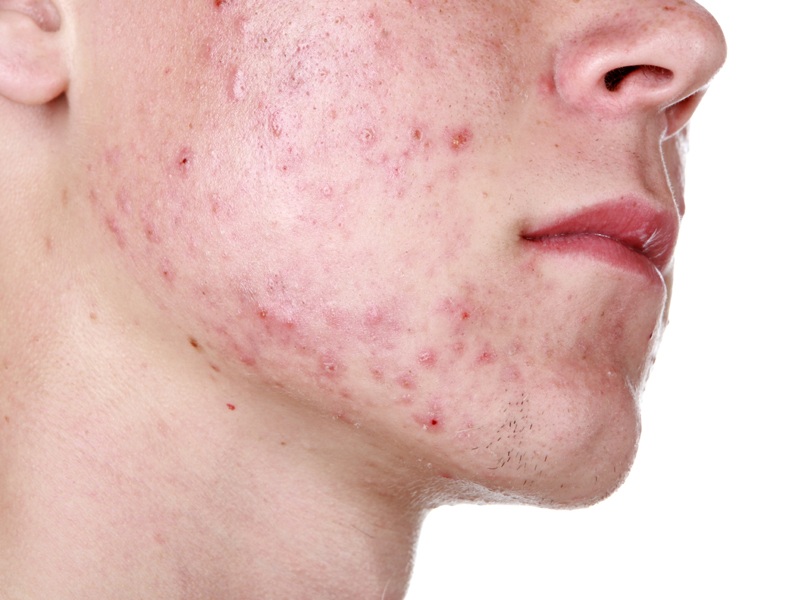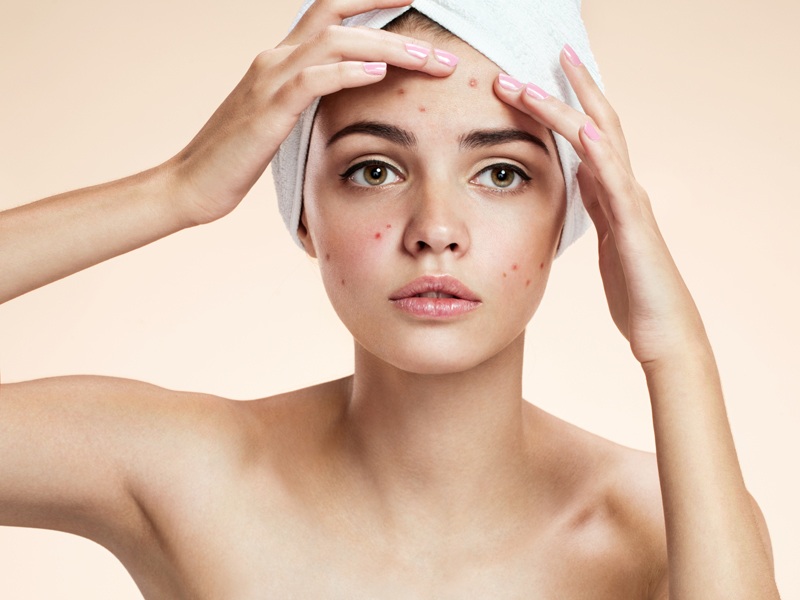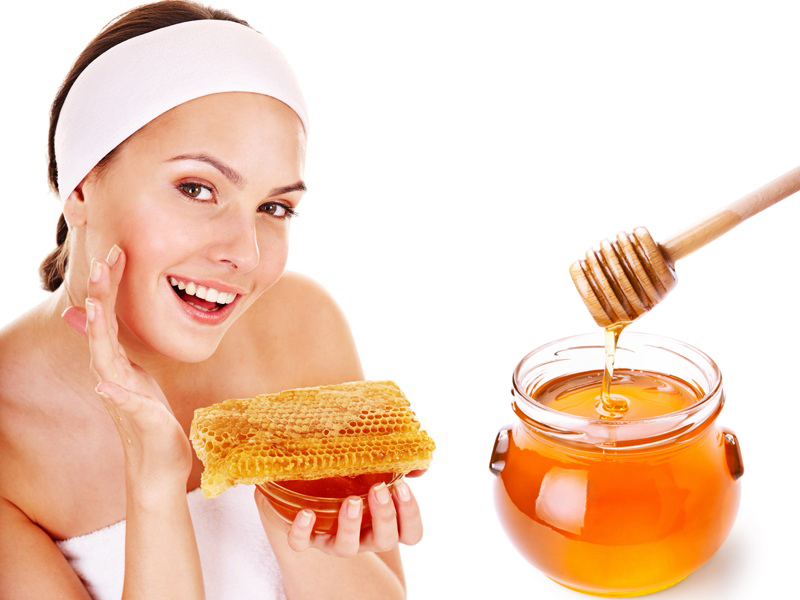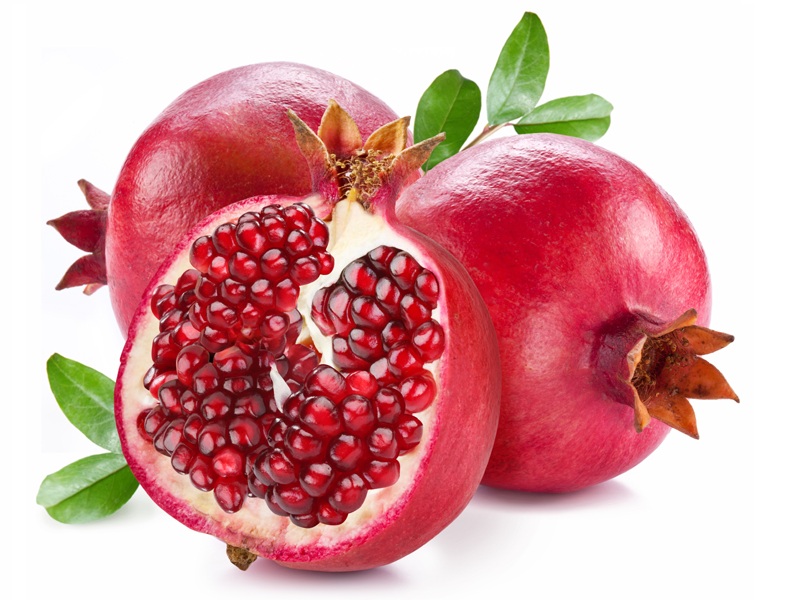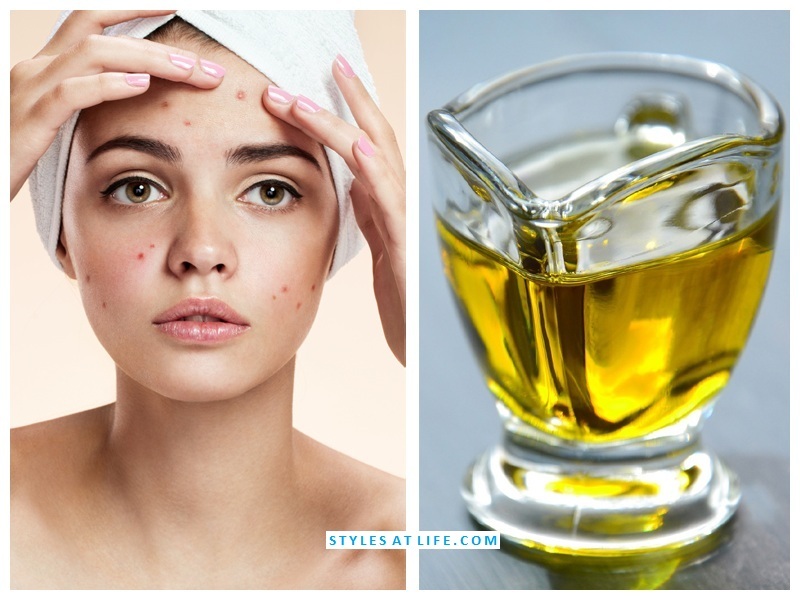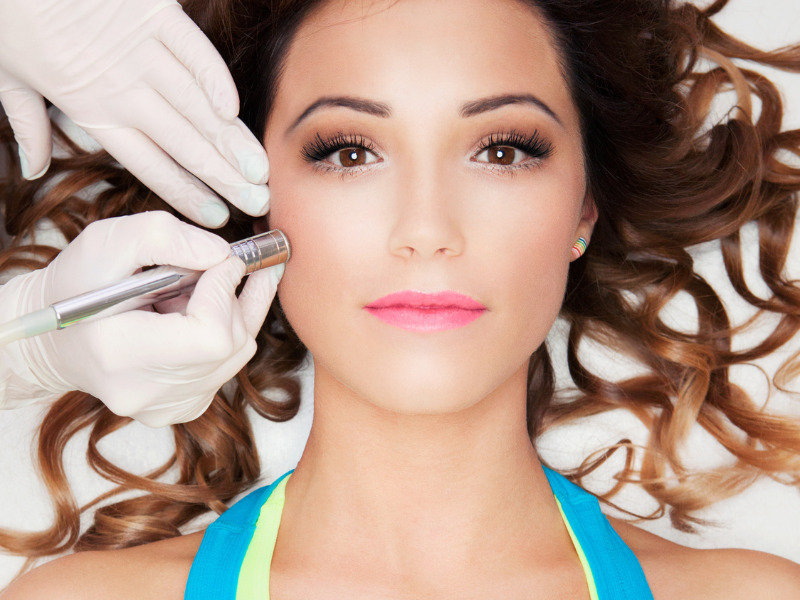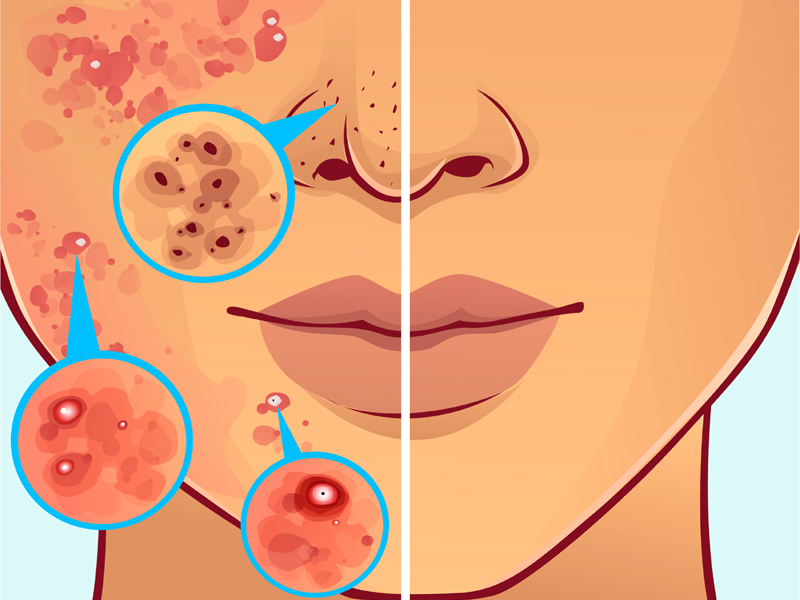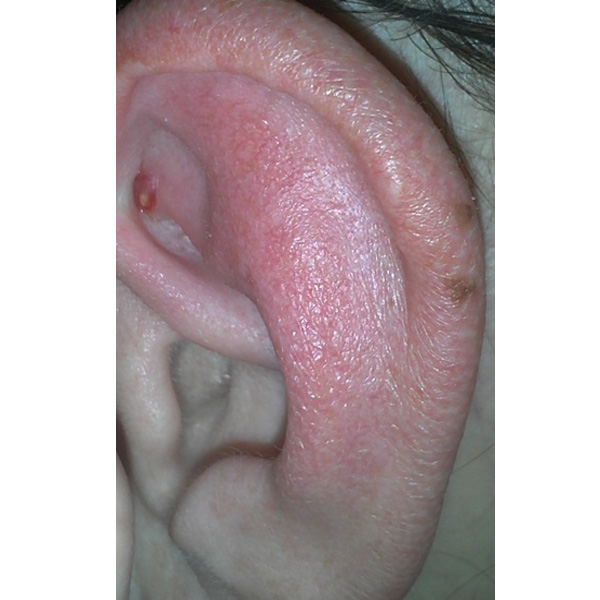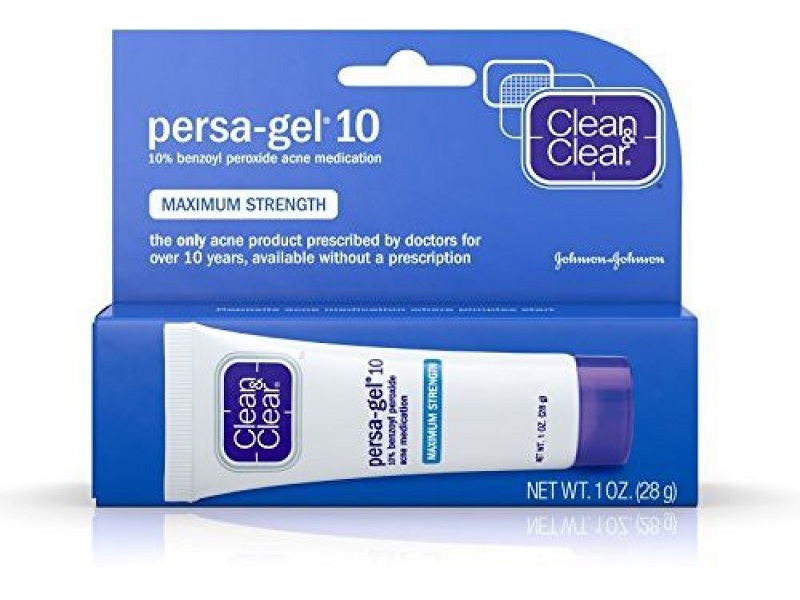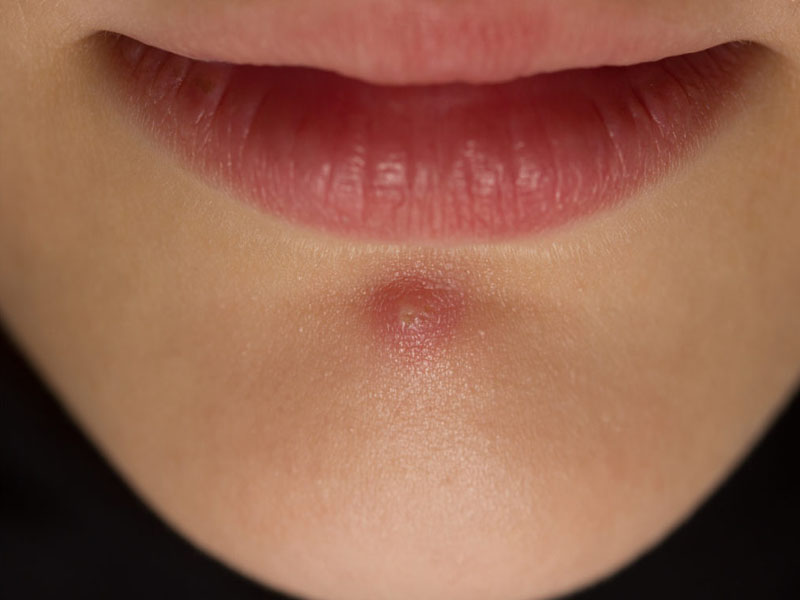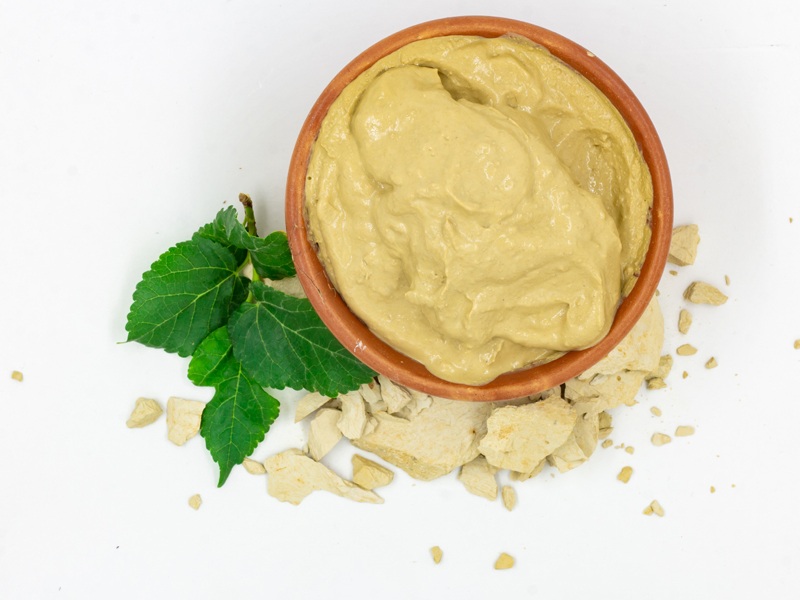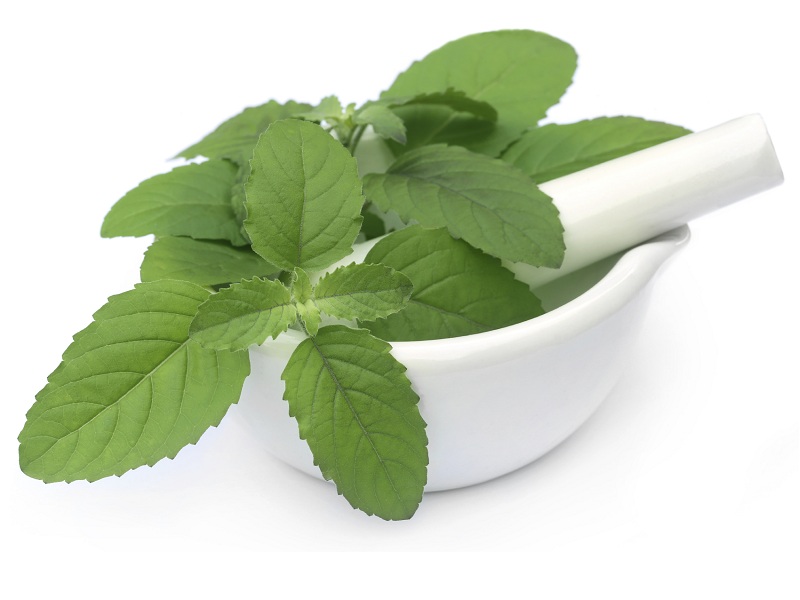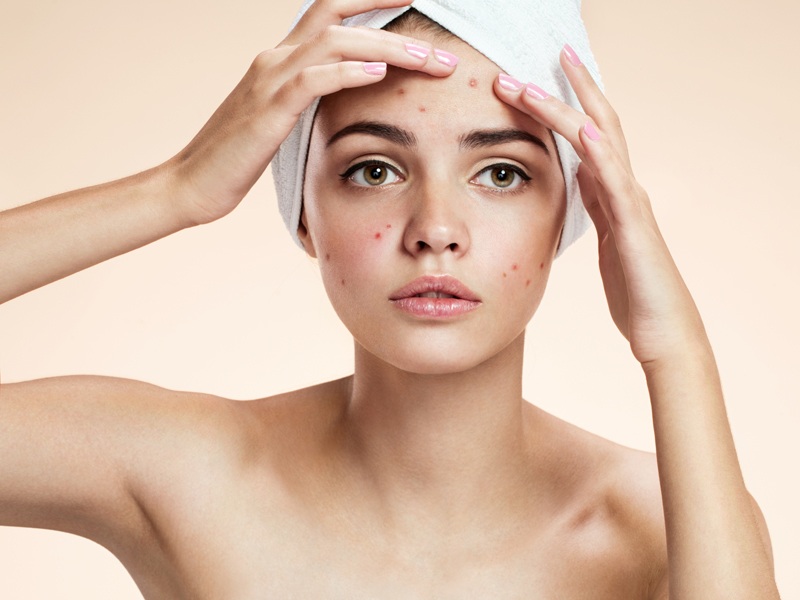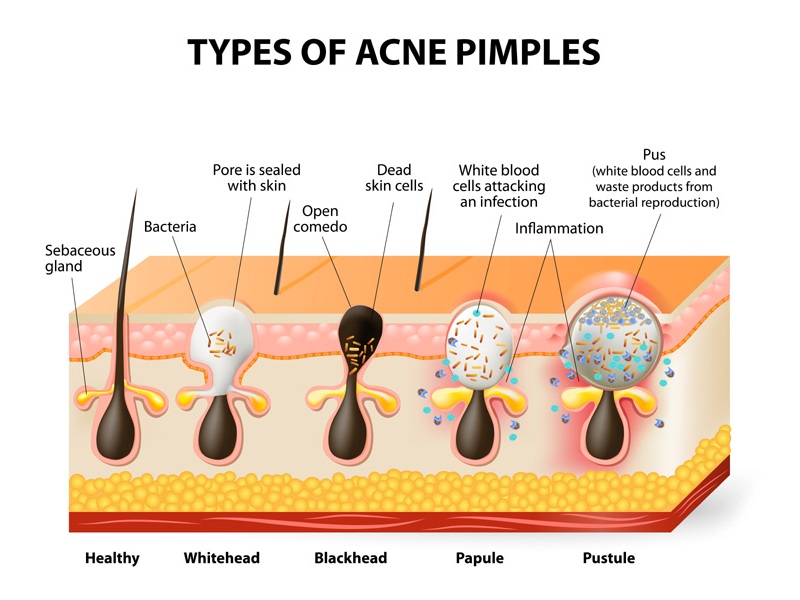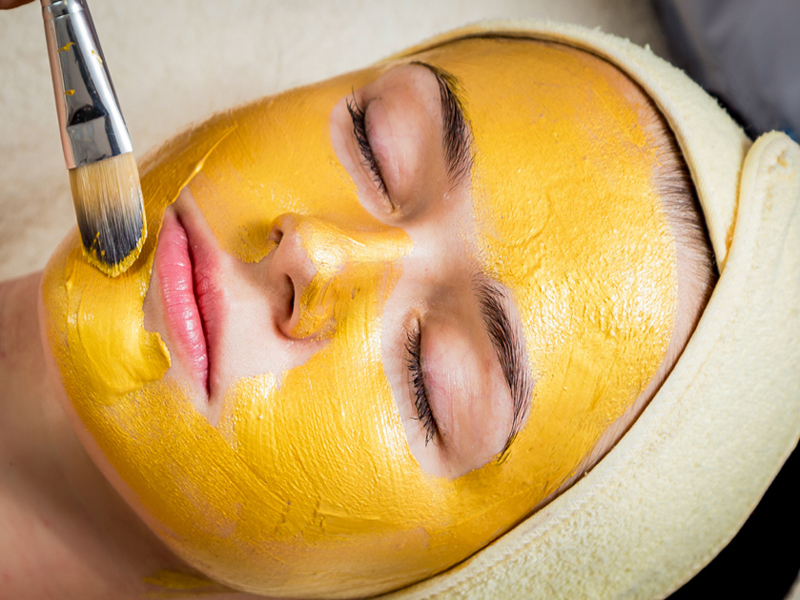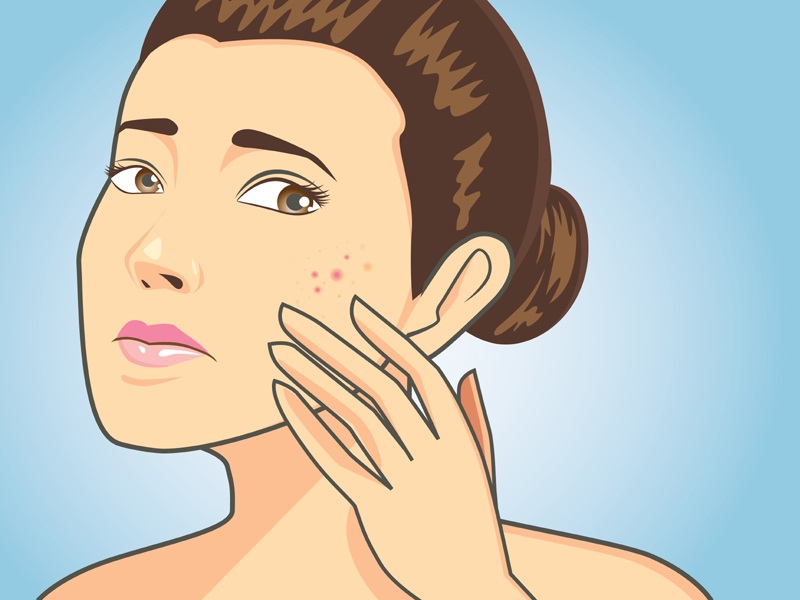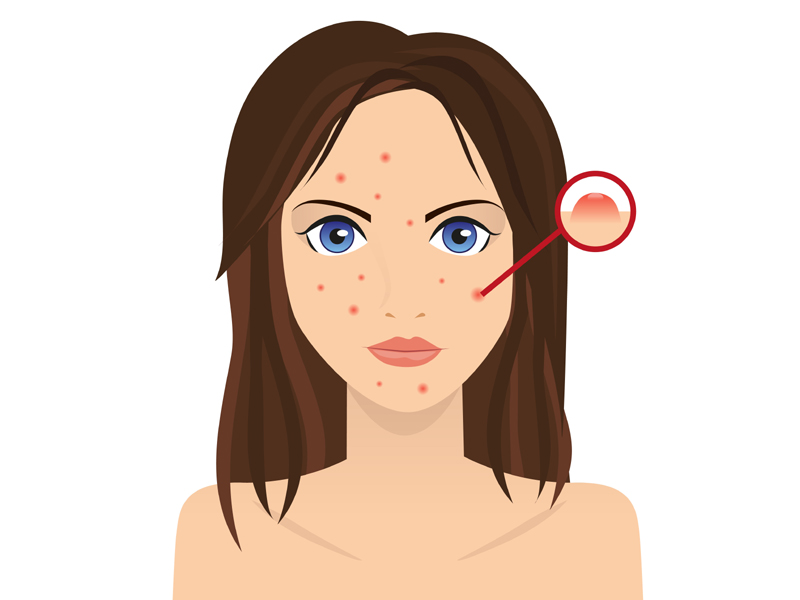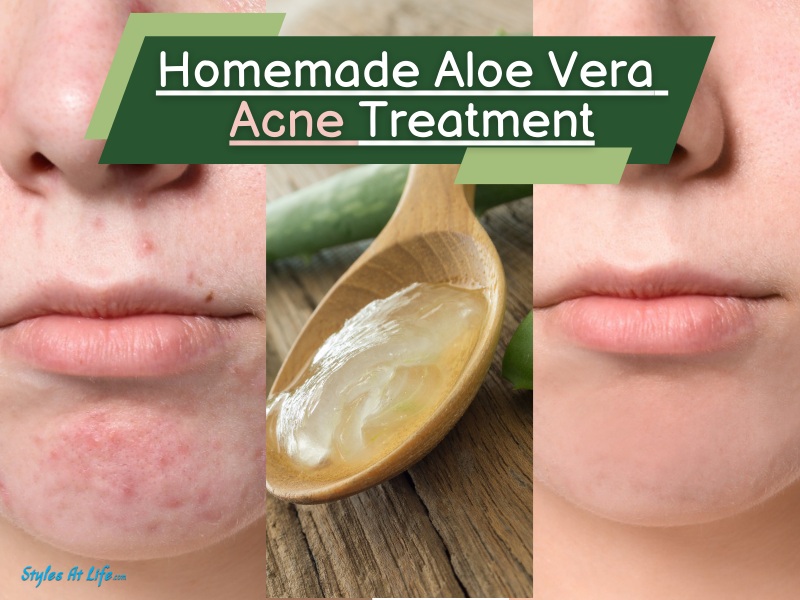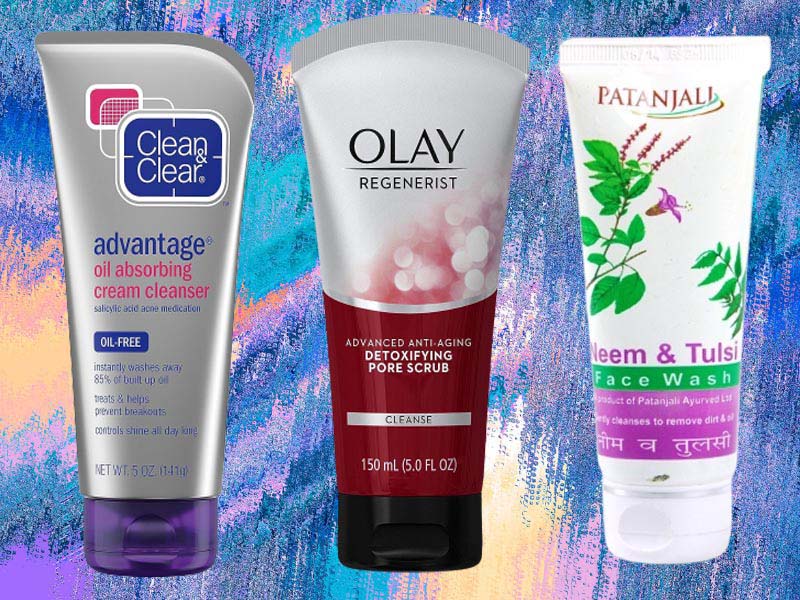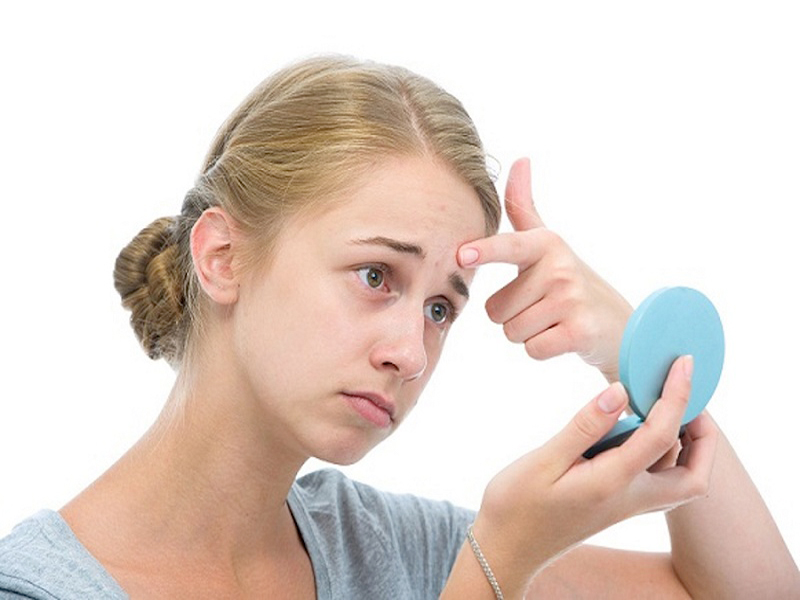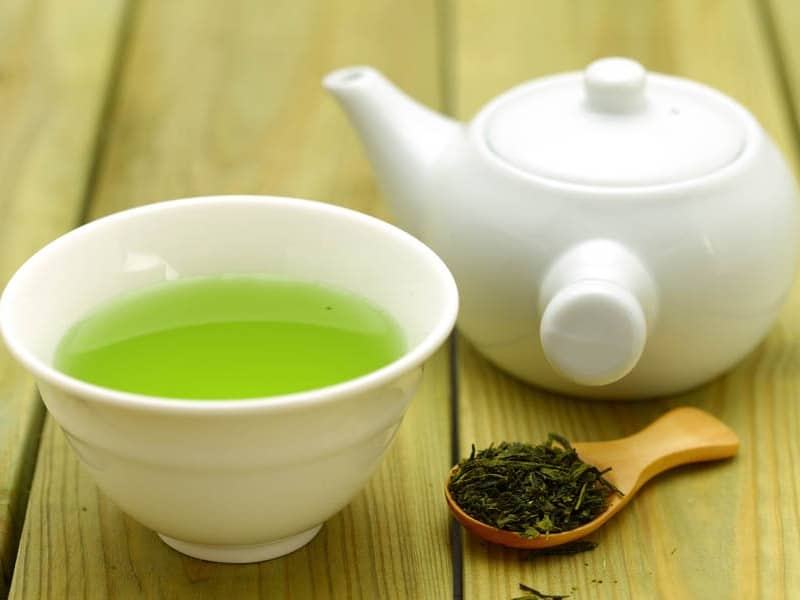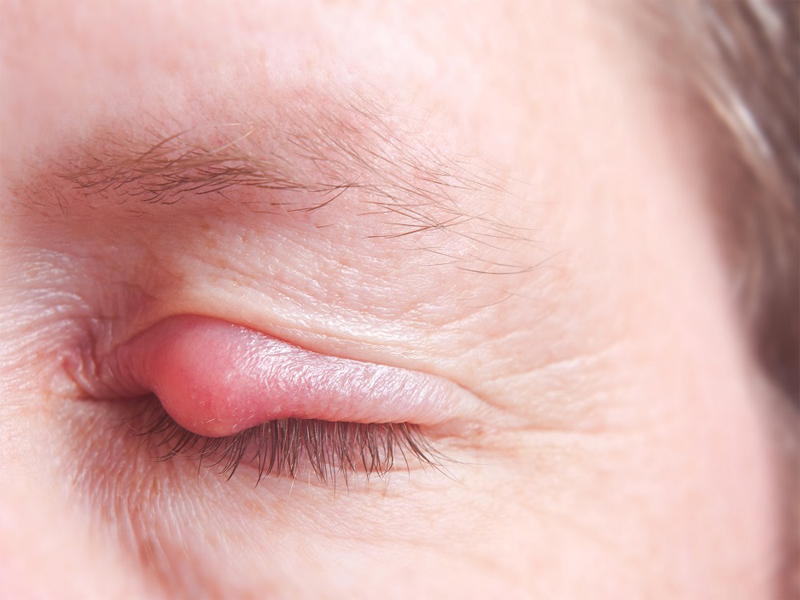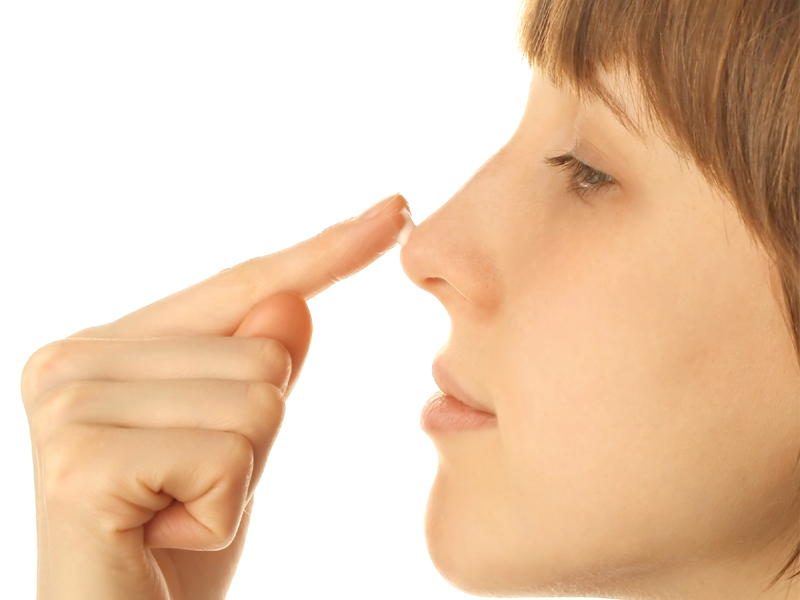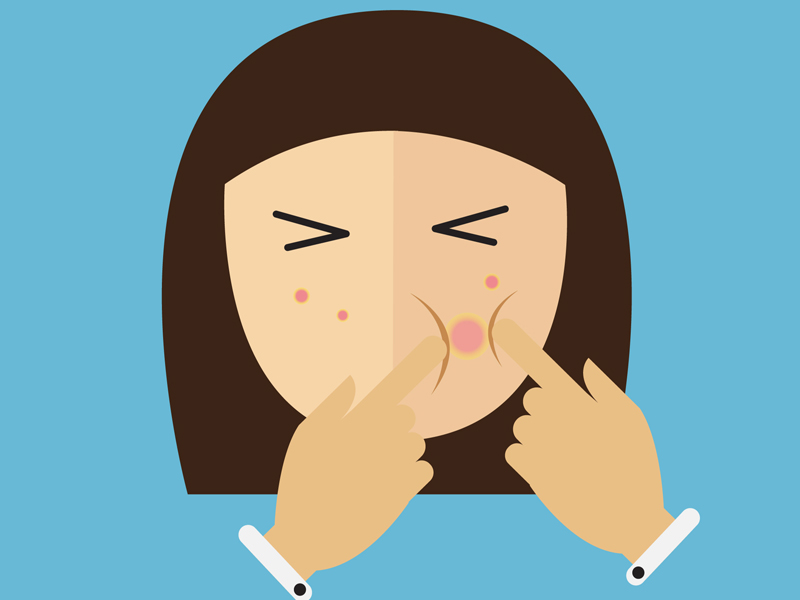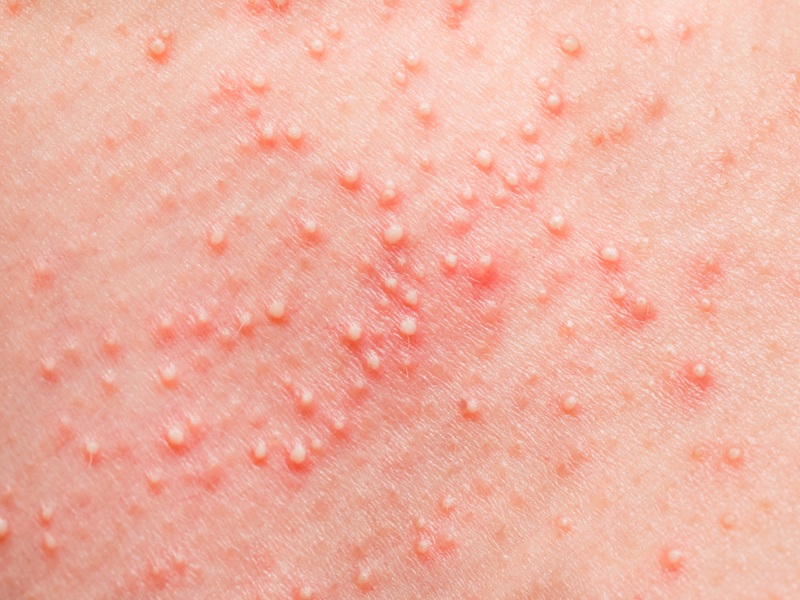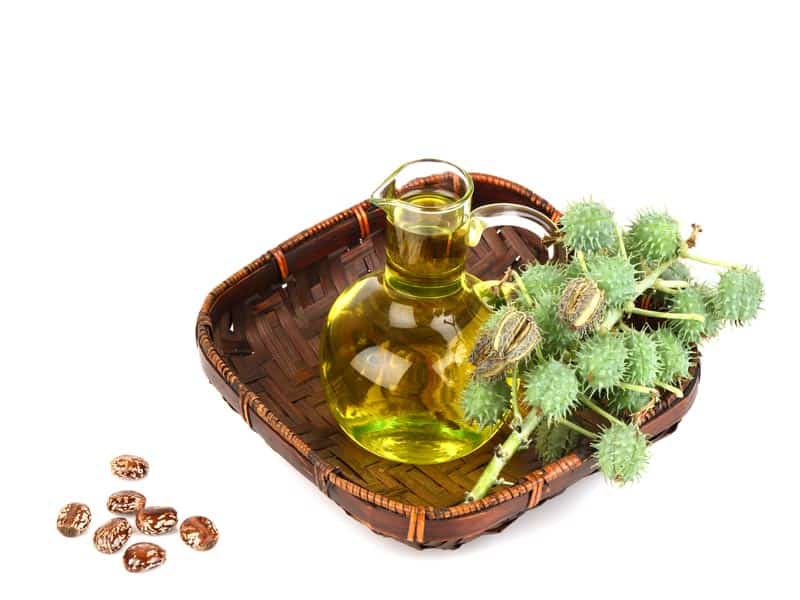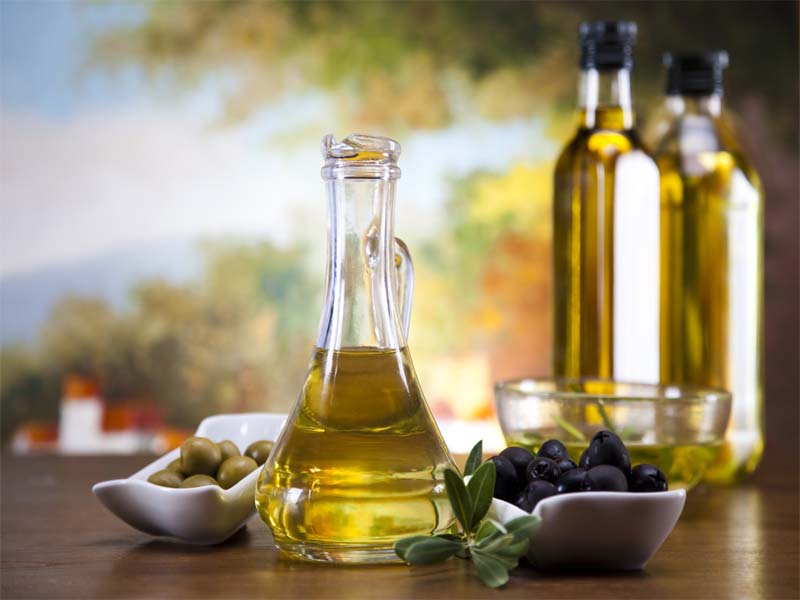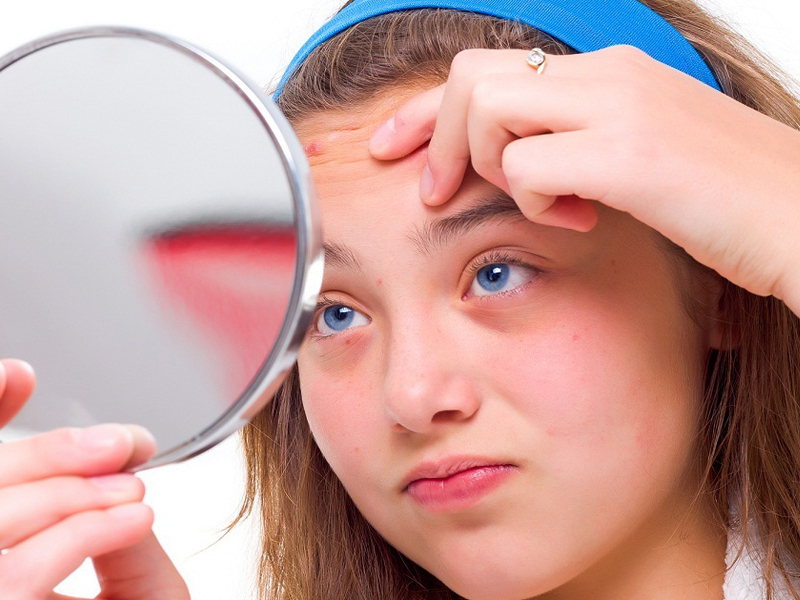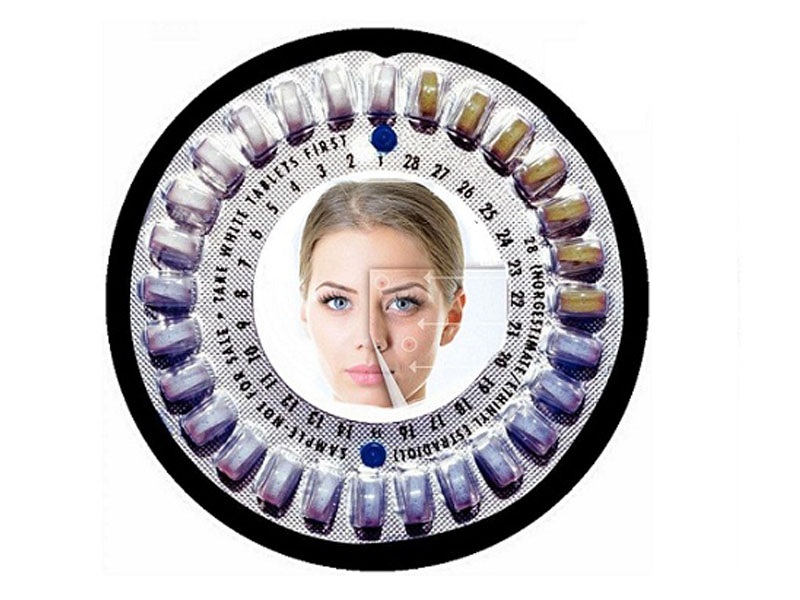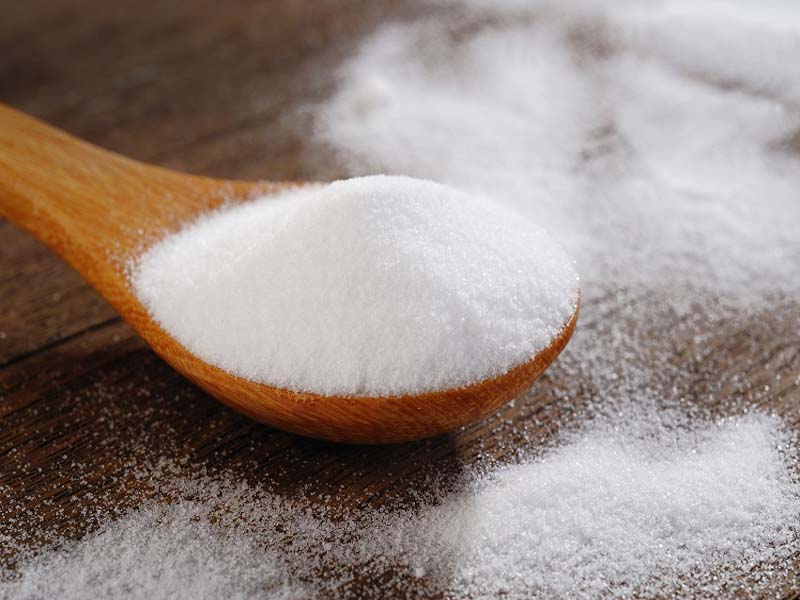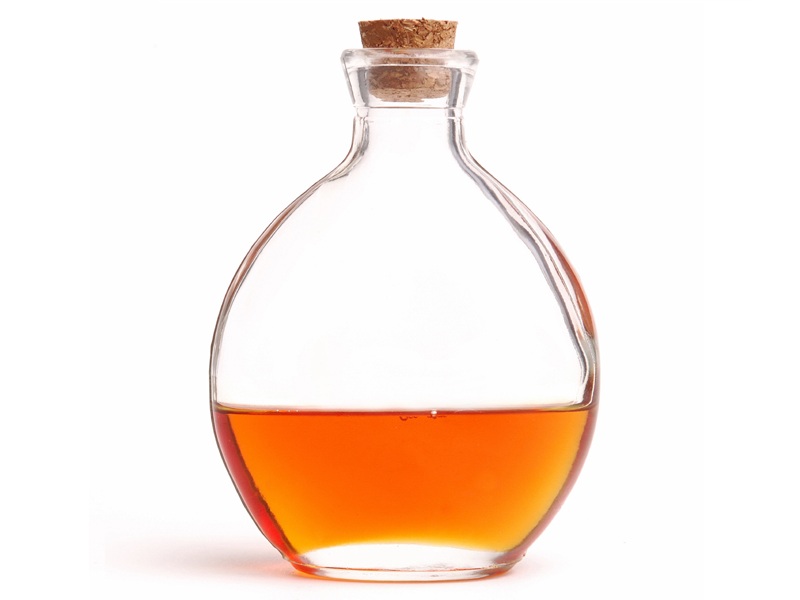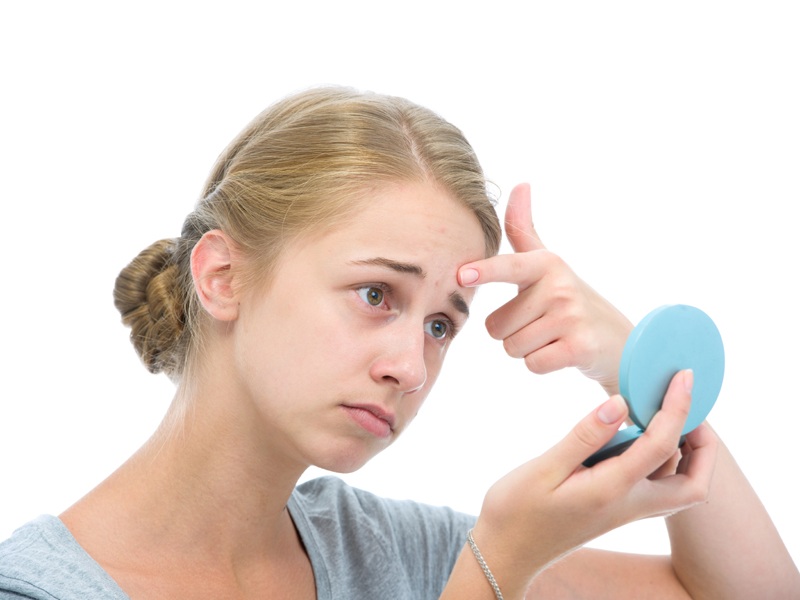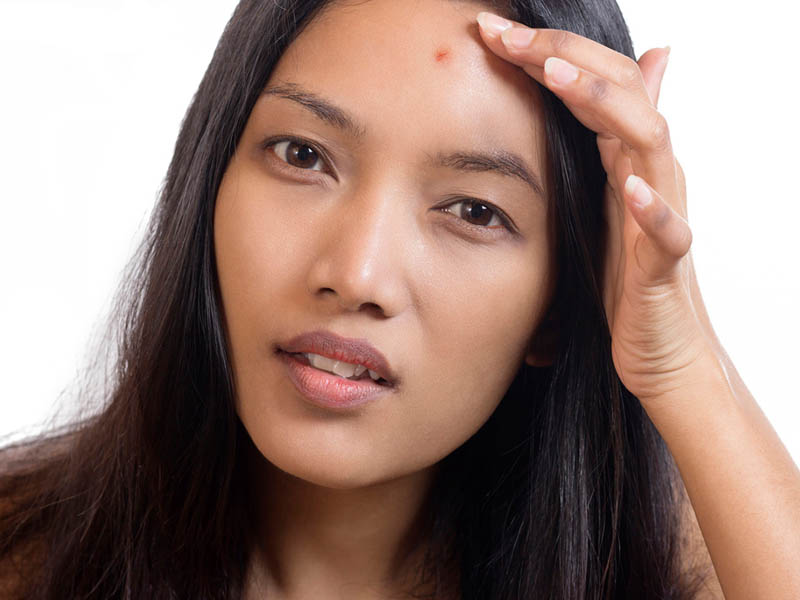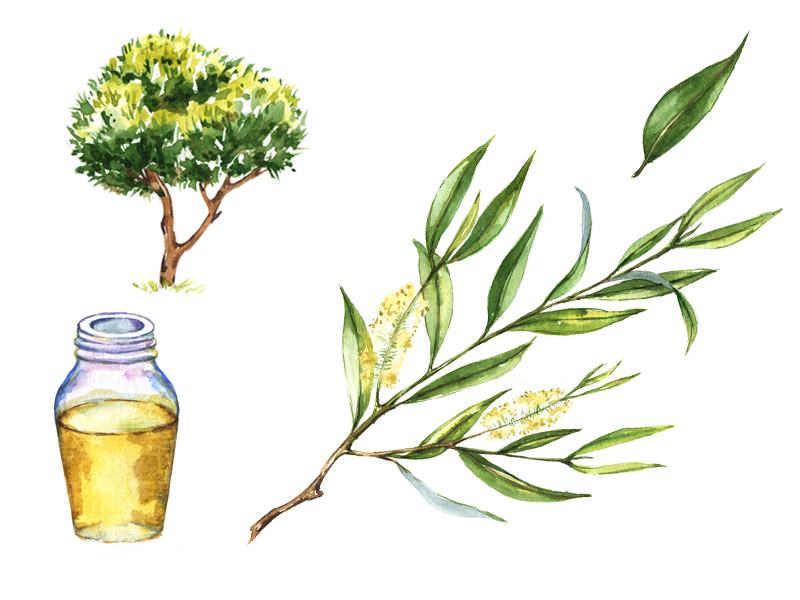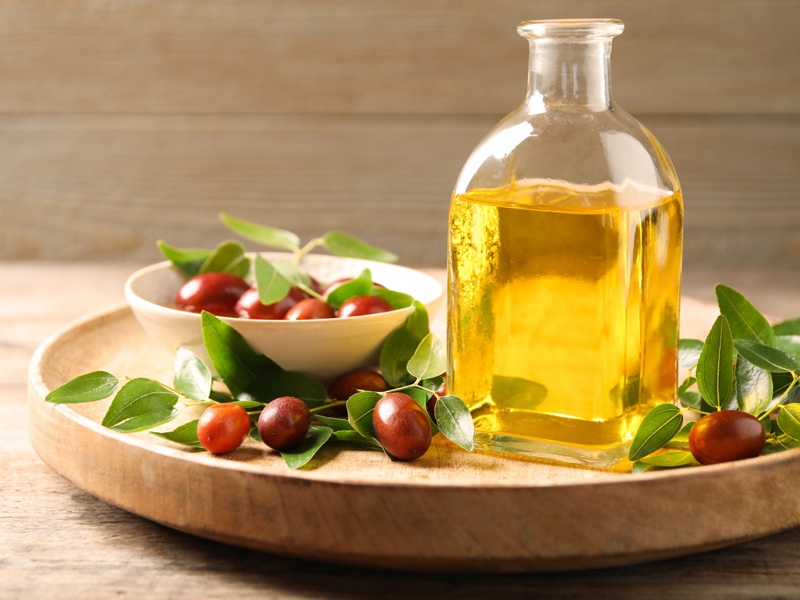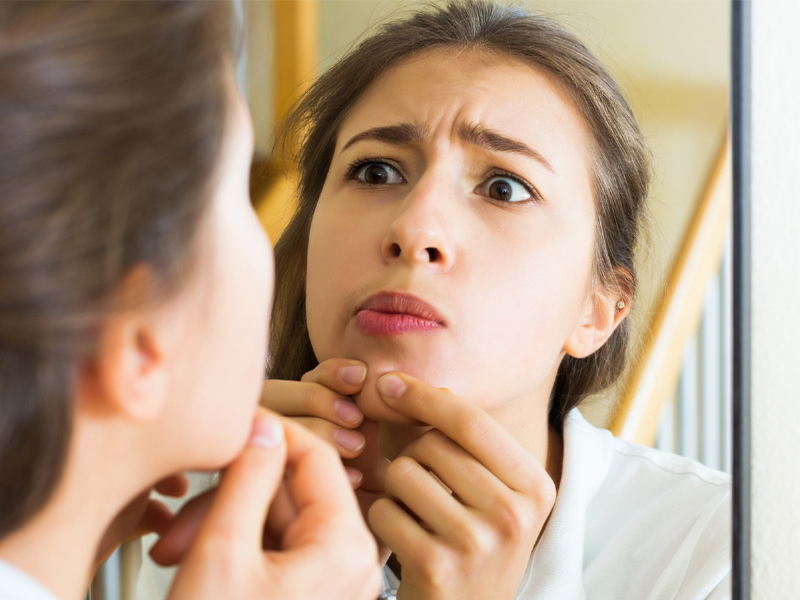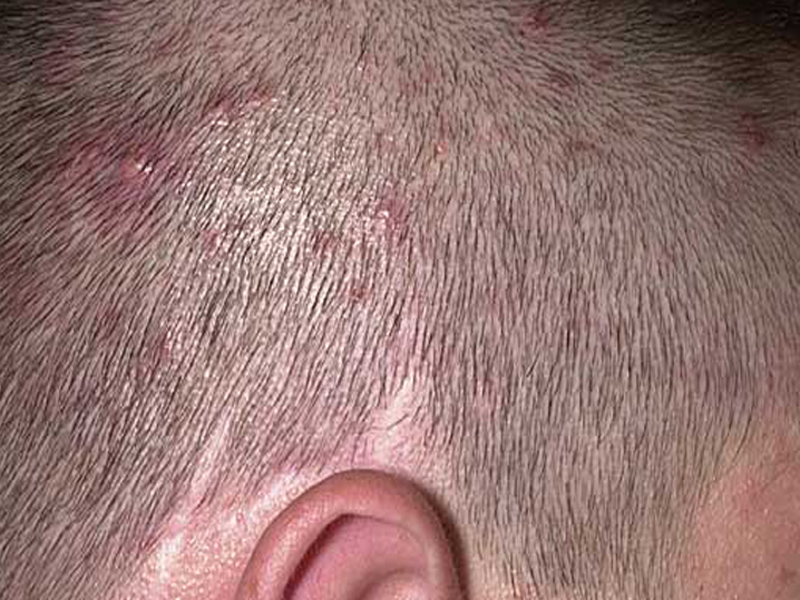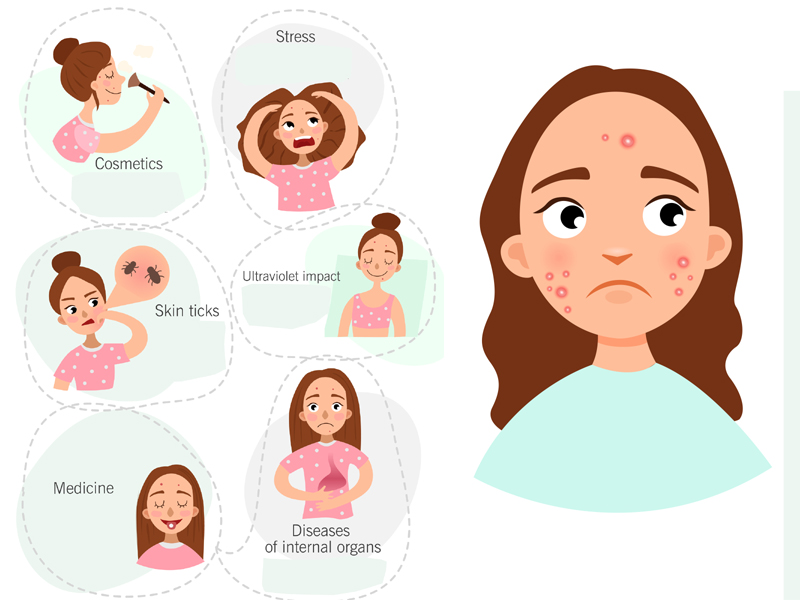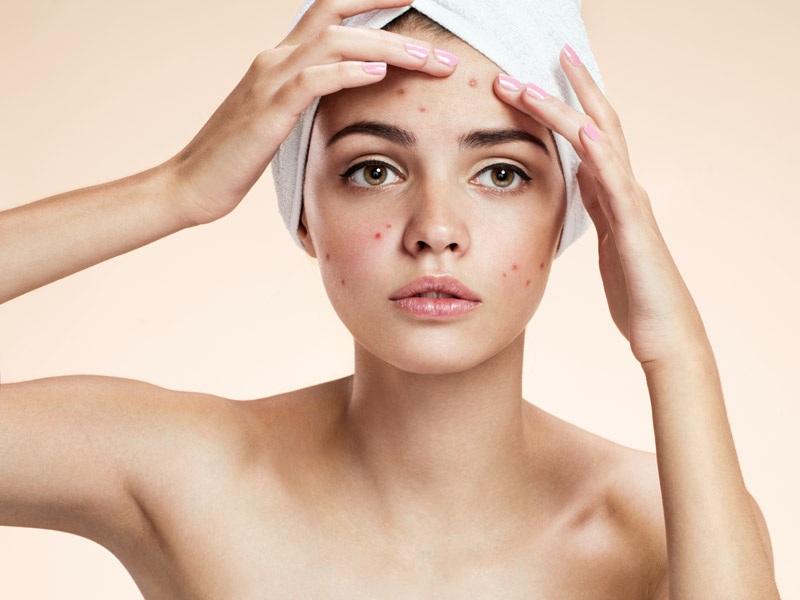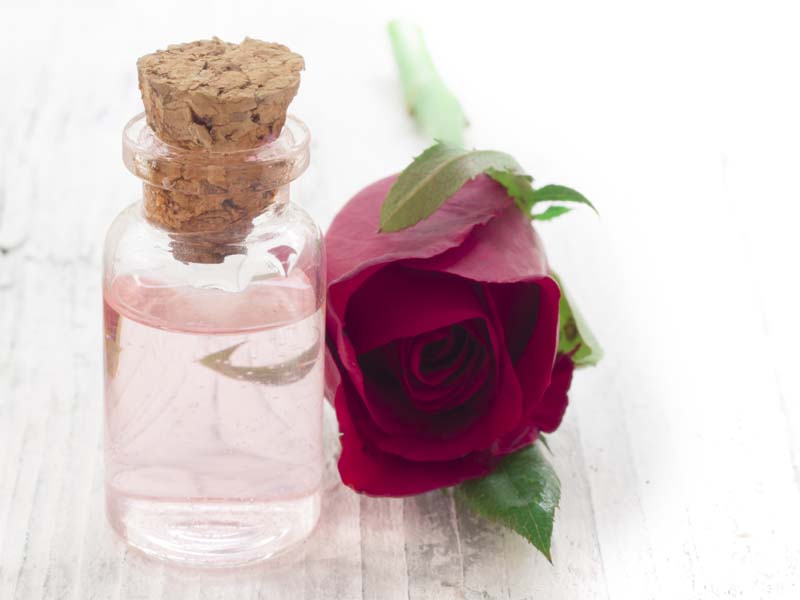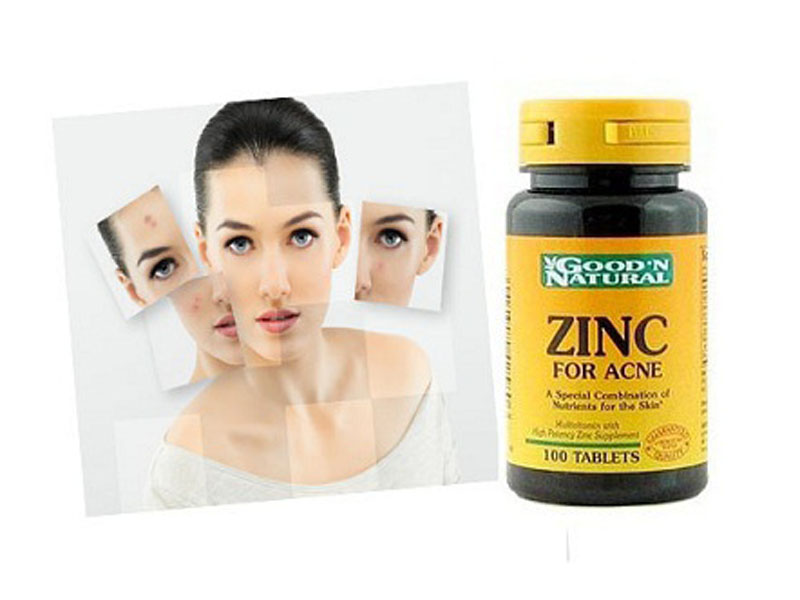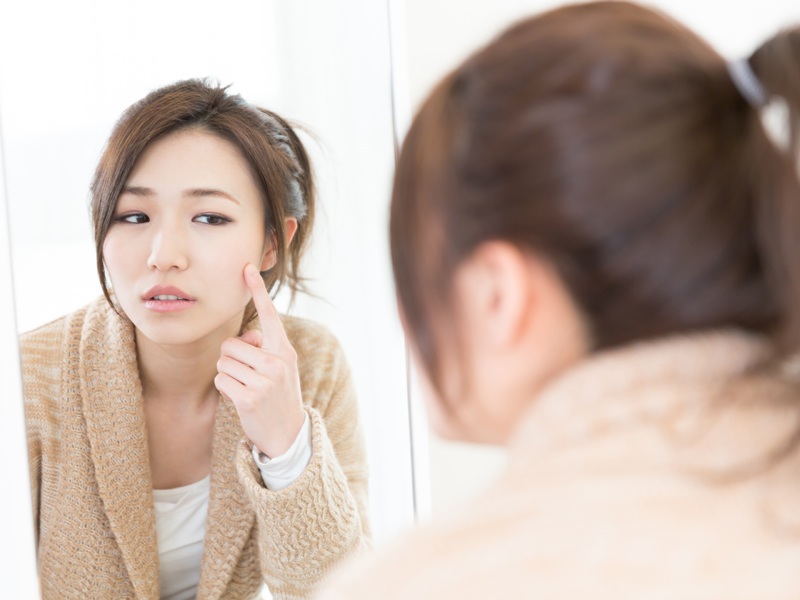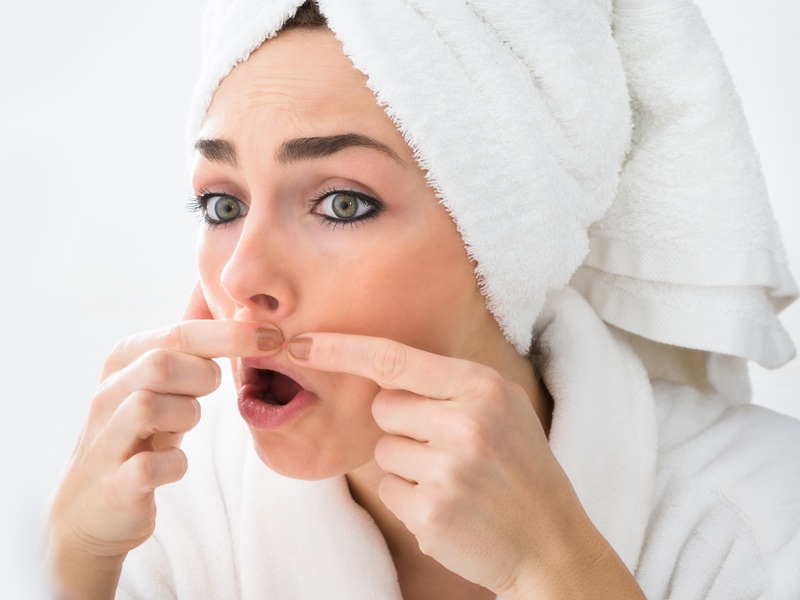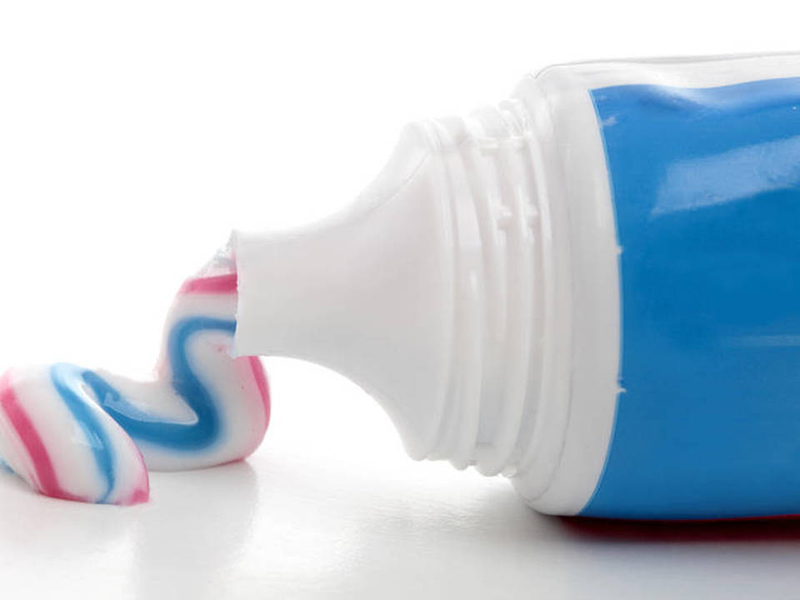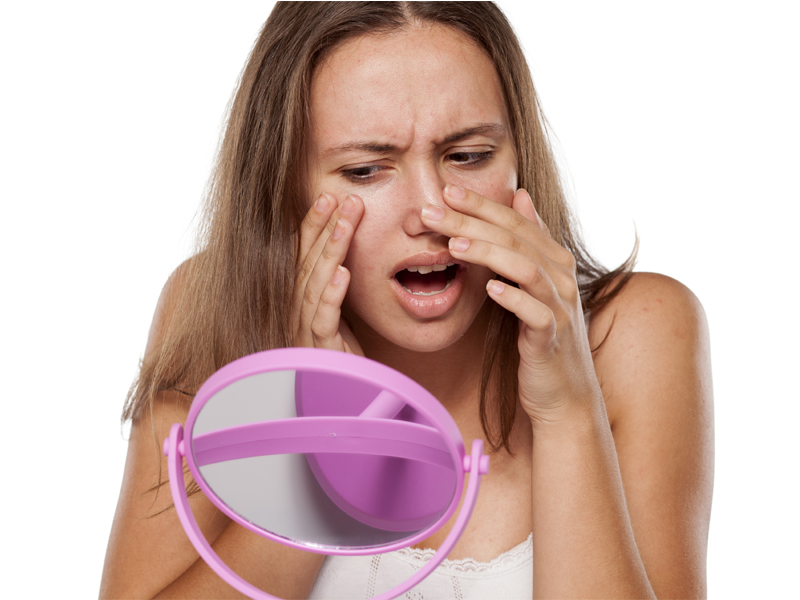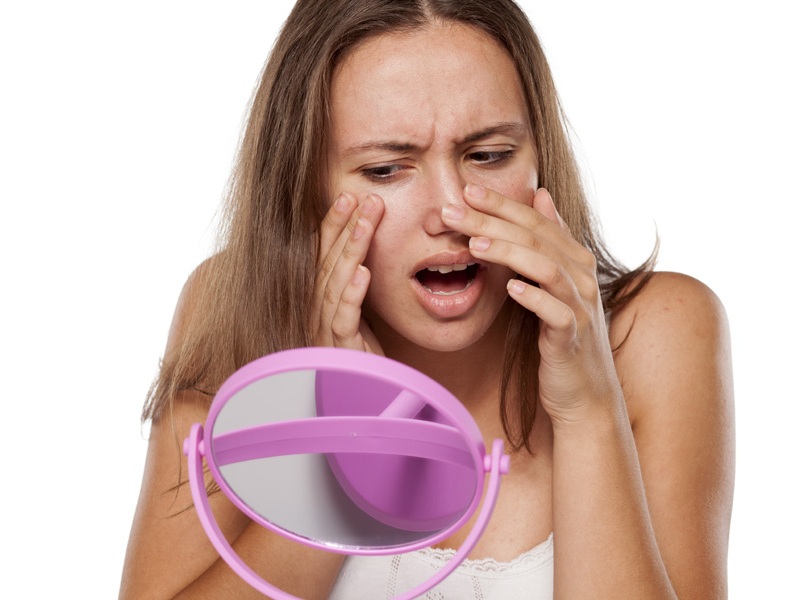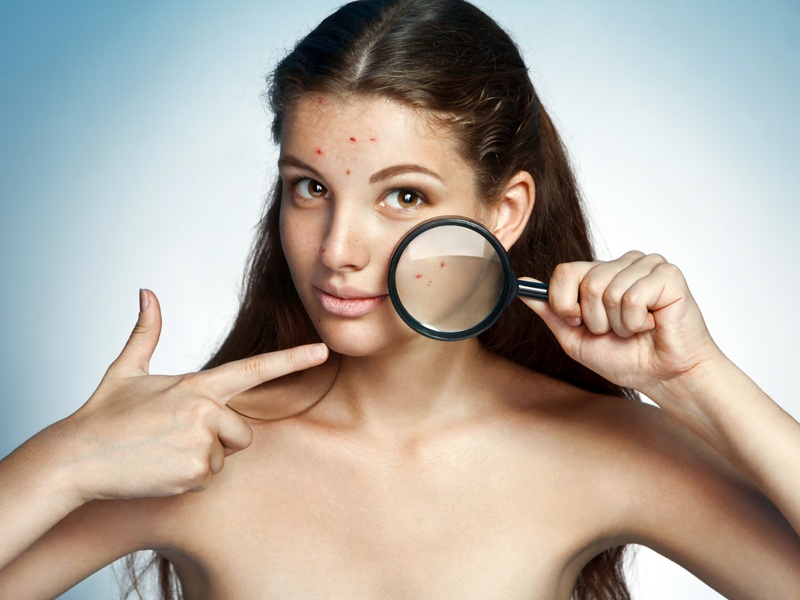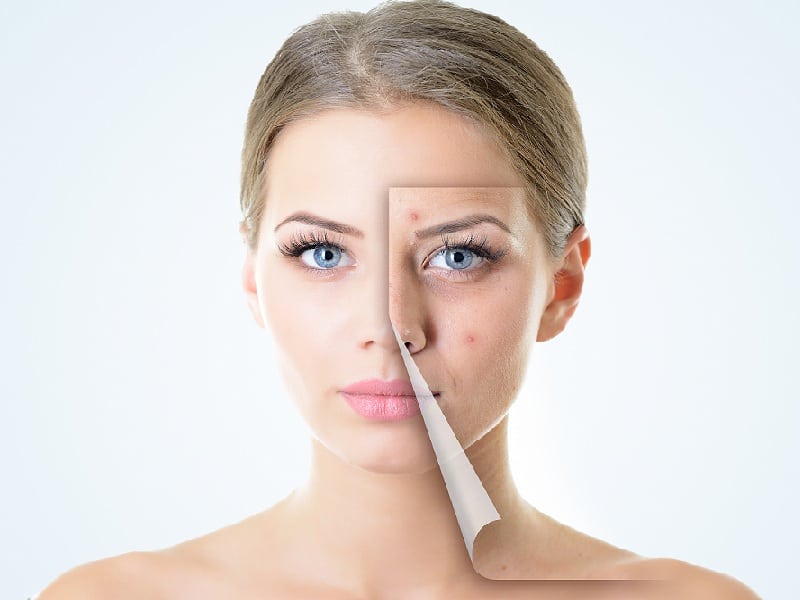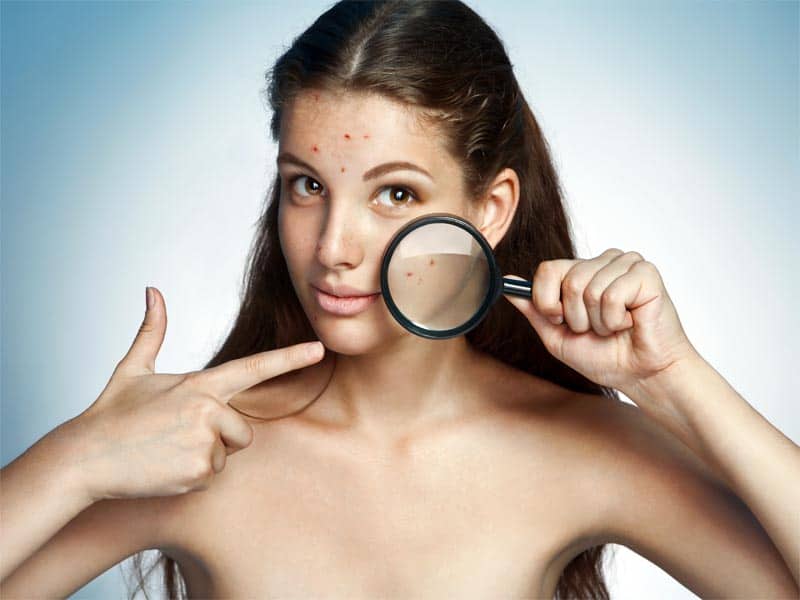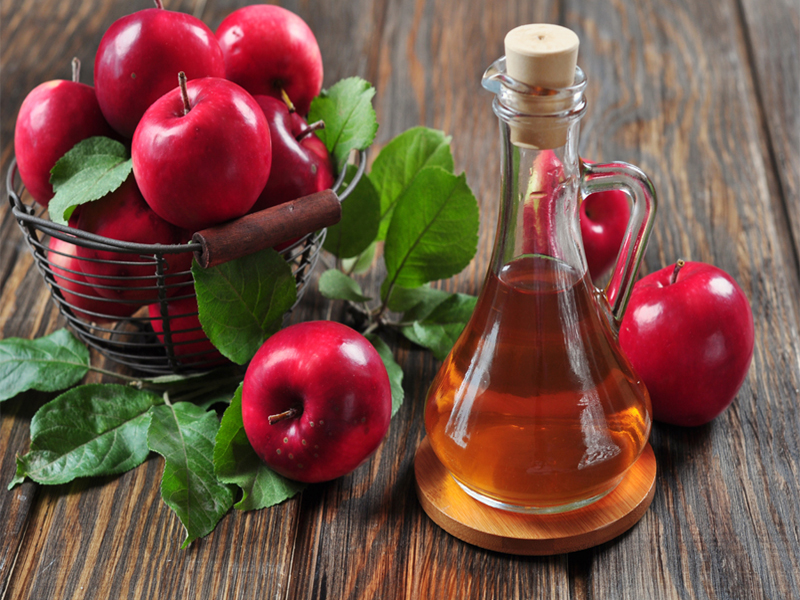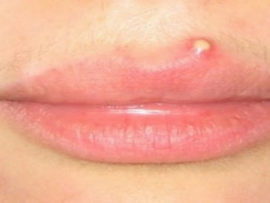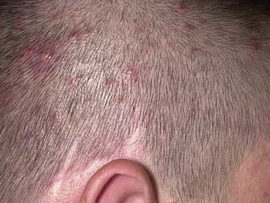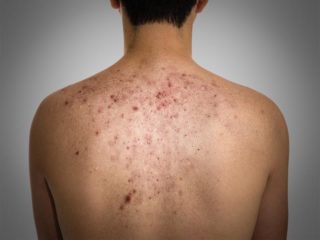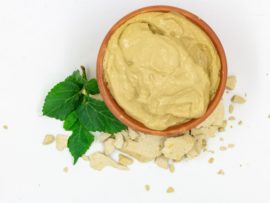Acne has been one of the most prominent cases of our teenage-hood when those creepy little red boils would happily reside in your face day in and day out, and you wouldn’t know any better as to how to get rid of them. Sadly, this is still a problem persisting for many in adulthood. With newer technologies, newer medications and processes have been formulated. A relatively new acne control and eradication process has been termed chemical peels. Chemical peels are a new approach, the formulation and usefulness of which will be discussed further in this article.
What Is Chemical Peel?
Chemical peel is defined as a new technique opted for by only professional cosmetologist experts where a mask or a face pack is made out of skin friendly chemicals that may not be friendly to your skin problems. Professionals apply the chemical peel after making the necessary chemical face mask. At the end of the process, the troubled outer dead skin peels off, causing the new and better skin to be your friend from now on. It is often mainly the face upon which this peel is used, even though there are always alternatives.
See More: Vitamins To Heal Acne
How To Work Chemical Peeling For Acne:
Chemical peel is a progressive technique where the solution is applied to your face, and over the next two weeks, the skin undergoes a reaction and finally peels off. Depending on the solution’s effectiveness on the skin, this process can be faster for some and for some not so much. Often, people say chemical peels come with a slight stinging and redness in the applied area. Even though it is not a painful process, a soft feeling can be sensed through the slight stinging. This, however, doesn’t last long since the skin gets used to it. Another such symptom is the crusting of the skin area right before the peeling process commences.
1. The Layers Of Chemical Peeling For Acne:
Chemical peeling comes in three distinct types. After a thorough discussion with you, your respective cosmetologists will choose the type you opt for. The first type is the lunchtime or superficial peel, which works with mild chemicals. They reach only the external hardcore layer of the skin and work on pigment discolouration, exfoliation or outer layer treatment. The next in line is the medium peel, which, along with the front layer, settles deep into the middle layer and primarily works to fight the wrinkles and rough skin patches from the previous disease. The third is the deep peel; as the name suggests, it infiltrates the outer two layers to reach the core layer.
See More: Herbal Remedies For Acne And Pimples
2. The Function Of Chemical Peeling For Acne:
Chemical peels usually work to reproduce the fine skin subdued by spots, wrinkles and one of the prime candidates, acne. Along with fine line reduction and exfoliation, a chemical peel works superbly on acne control, where stronger bases of chemicals like trichloroacetic acids are used for blemishes. Usually, the middle layer technique is used to reach the source of the acne. For a much lighter superficial acne base, the cosmetologist may even opt for the lunchtime peel, where mild chemicals like fruit or glycolic acids can be helpful.
3. Candidate Line:
Science usually sums up light-skinned patients as ideal victims for this treatment. Light, fair or wheatish skin is appropriate for the chemical peel process, but dark or tan skin is not the ideal patient base. Moreover, before you opt for this technique, you should give the cosmetologist a proper account of all your skin allergies or reactions and a productive account of past skin diseases, based on which the cosmetologist will decide to move further with the technique.
See More: Shahnaz Hussain Tips For Pimples


